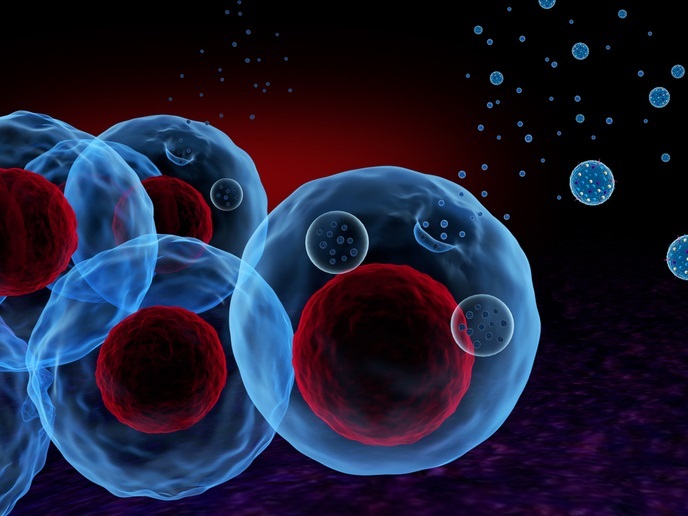One 'nose' to best them all
ACID aimed at the development of instrumentation for the detection of vapours in real time and with high sensitivity. More specifically, it ambitioned to enable researchers to transform their existing mass spectrometers into efficient detectors by using ionization sources add-ons. “The analysis and detection of vapour analytes have great potential in a variety of fields, ranging from homeland security – for the likes of explosives and drugs in airports – to biomedical applications such as exhaled breath analysis. By pushing the limits of such instrumentation, our research opens new opportunities as previously undetected vapours will be able to be monitored,” says Prof. Pablo Sinues, coordinator of the project on behalf of ETH Zurich. The sensitivity of the device, called secondary electrospray iniosation (SESI) and now at its second generation thanks to funding under the ACID project, is mind-blowing. It allows for detecting substances with concentrations down to one trillionth, making it five times more sensitive than the previous generation that Prof. Sinues has started developing 12 years ago. “We developed sophisticated computational modeling to optimize the performance of our instrumentation,” Prof. Sinues explains. Now, molecules that had never been detected in breath can be measured, to the point where Prof. Sinues and his team could monitor the uptake and transformation of drugs injected in mice. In other words, SESI could one day be used to help clinical staff decide when it’s the right time to administer another dose. This is precisely the kind of applications that Prof. Sinues wanted to focus on with ACID. “I am very much interested in clinical applications, as my research group is based in a children’s hospital. Non-invasive clinical diagnosis and therapeutic monitoring via breath analysis is a field with a great uncapped potential,” he says. But the potential of SESI doesn’t stop there. Among other potential applications are highly sensitive and fast gas analysers or sniffer instruments. Plants infested by pests or vines ready for harvest, for instance, emit certain flagrances that can be picked up by the technology. Prof. Sinues says that the feedback from potentially interested sectors has been excellent. A number of hospitals in Switzerland are already using the system, whilst the biotechnology and food industries are investigating its use to provide unprecedented details and time resolution of the metabolism of yeasts. When it comes to future plans, Prof Sinues already has a good idea of what he would like to focus on next: “My plan now is to further use this technological development in translational research projects to unravel exhaled biomarkers of diseases such as pneumonia,” he says. This is already happening with funding from the Swiss National Science Foundation and Hochschulmedizin Zürich (Exhalomics network): Prof. Sinues believes that, with SESI, pneumonia-related bacteria could be detected and identified in 15 minutes.




